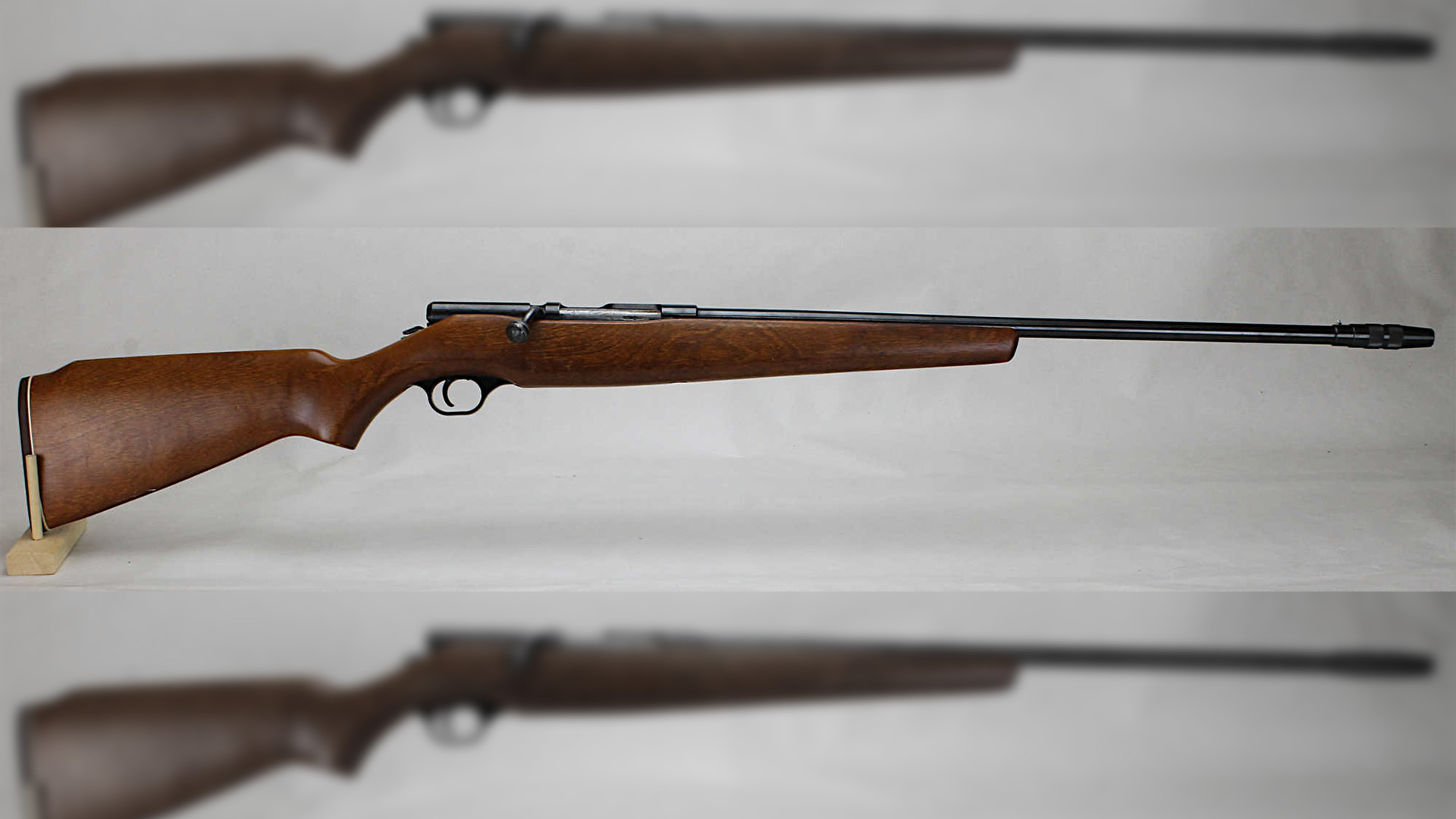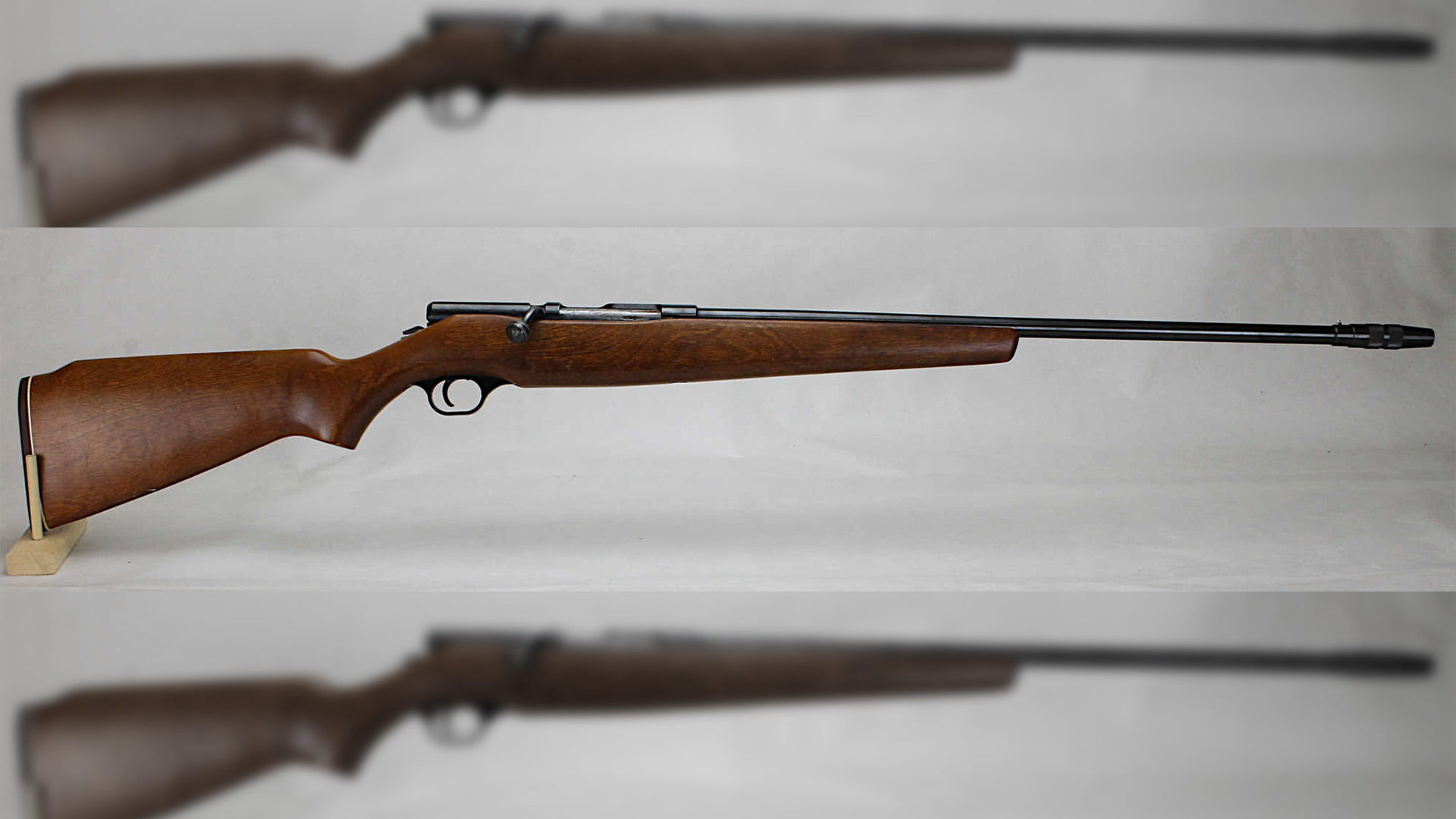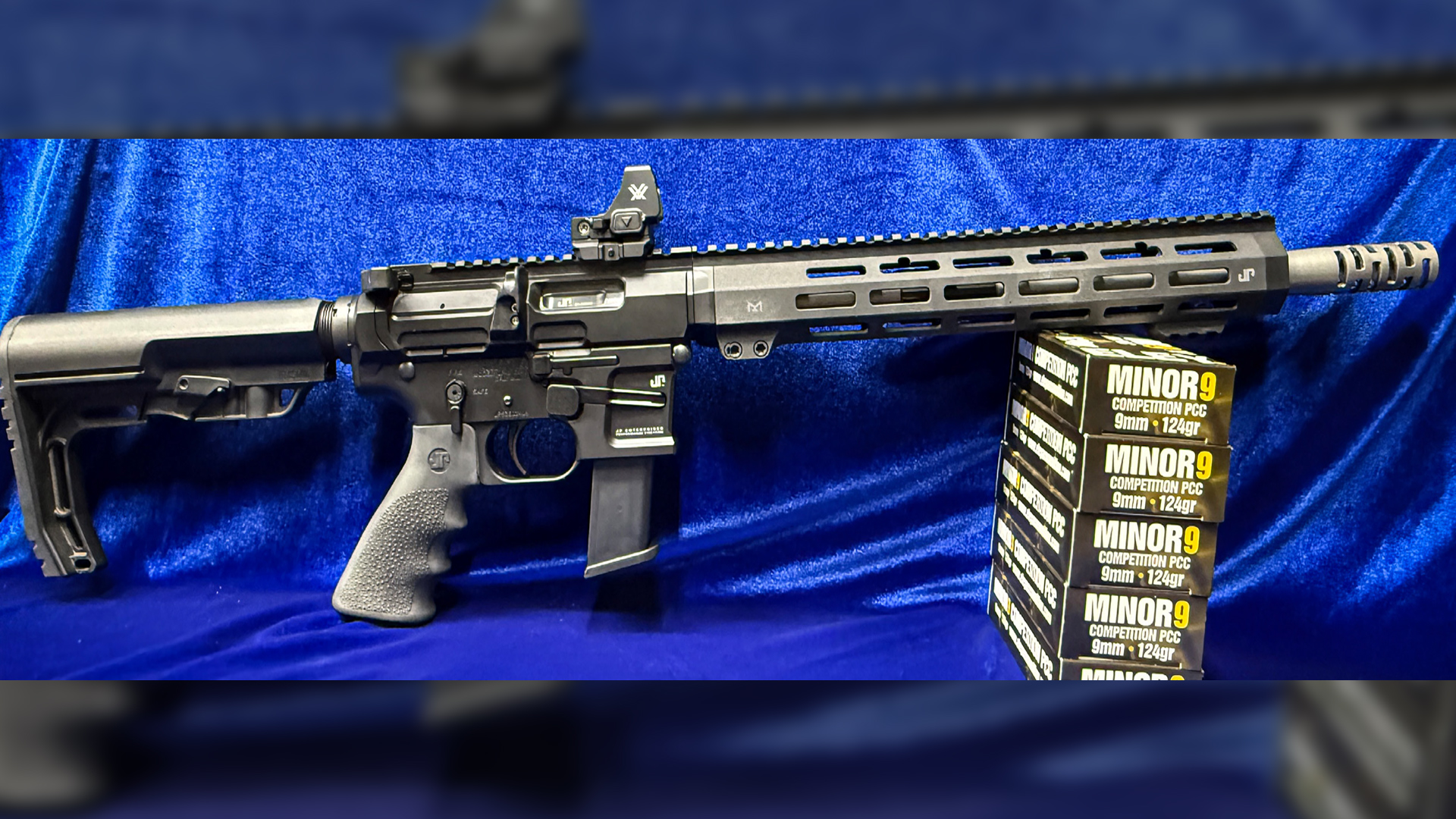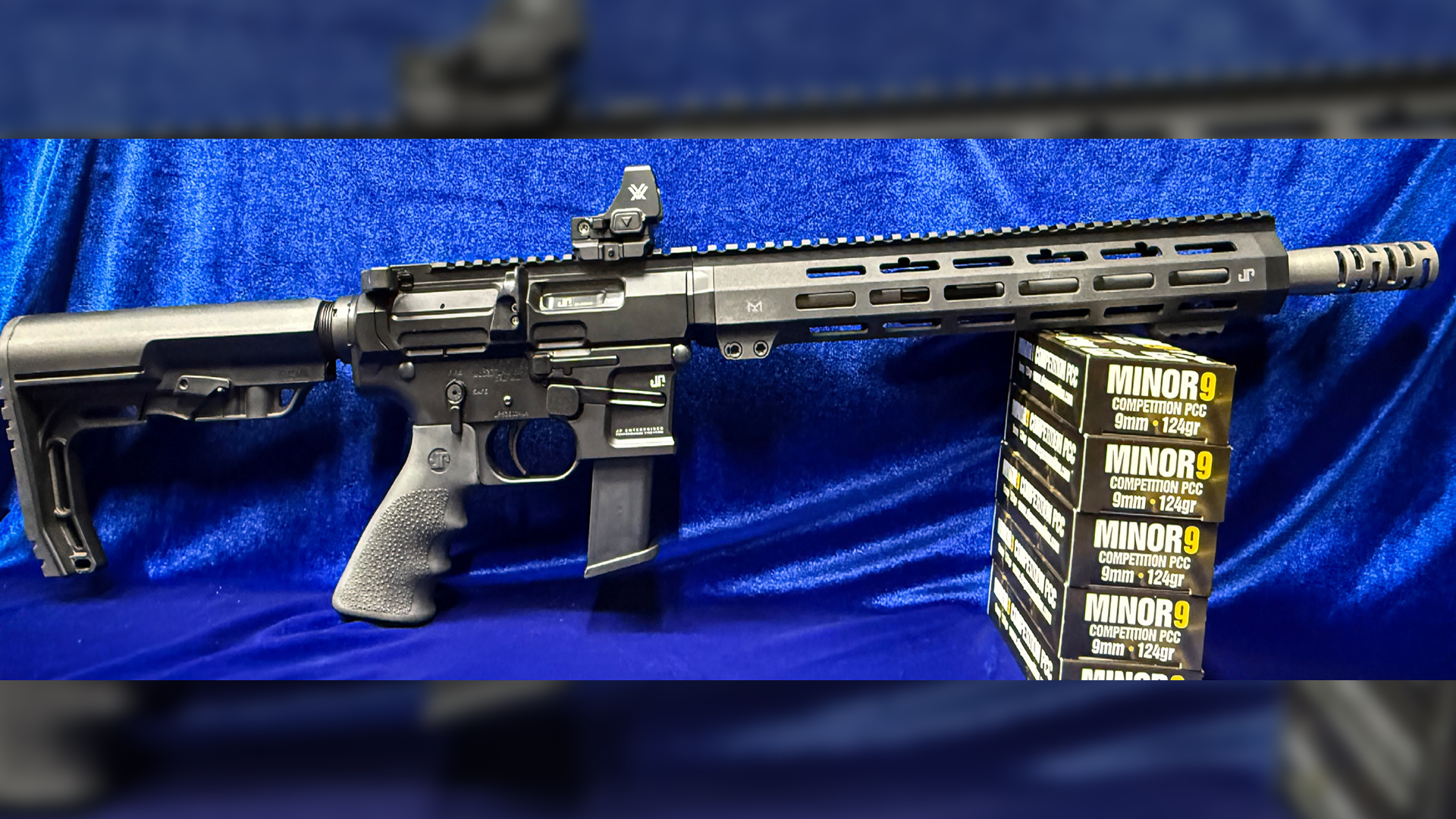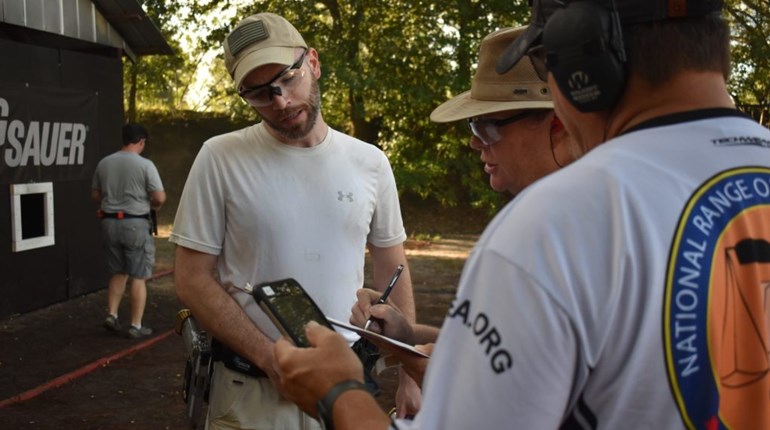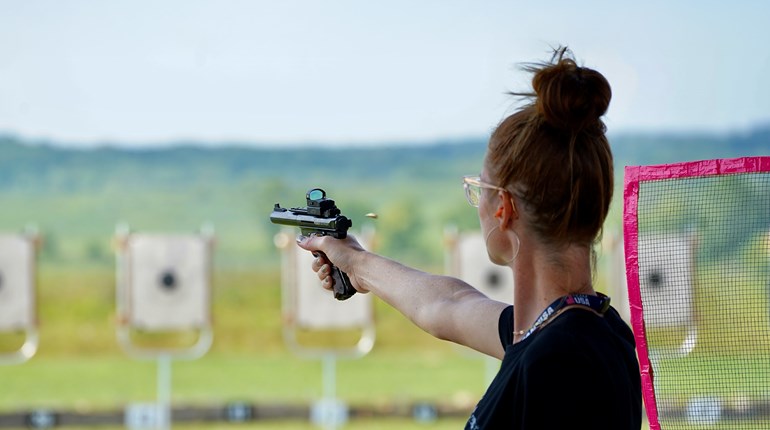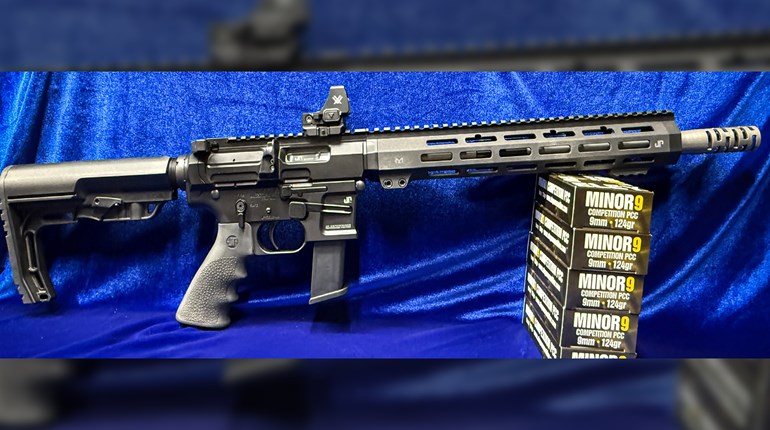
In this short discourse on dry-fire training for practical shooting, I’d like to dispel some all-too-common misconceptions about the subject, and hopefully illuminate what I perceive to be the greatest uses of dry fire and make the necessary resources available to the community.
All too often, I hear discussion of “bad habits” that one develops in dry fire. While there certainly can be “bad habits” made subconsciously in dry-fire practice, this notion that training without firing live ammunition is a less desirable tool than live fire needs to be abandoned, at least by those who wish to see rapid progress in their skill level.
Probably the biggest perceived disadvantage of dry-fire practice is that the gun doesn’t recoil. Shall the boxer devalue his bag work because it doesn’t hit back? Or the lineman abandon weightlifting because the barbell doesn’t push back? I believe the problem originates in viewing dry fire as something one does because live fire isn’t an option. Time, facilities or finances won’t allow for live fire, so I’ll be forced to dry fire instead. This is entirely the wrong approach. Just as the football player does squats in the weight room, the practical shooter should do regular dry-fire training.
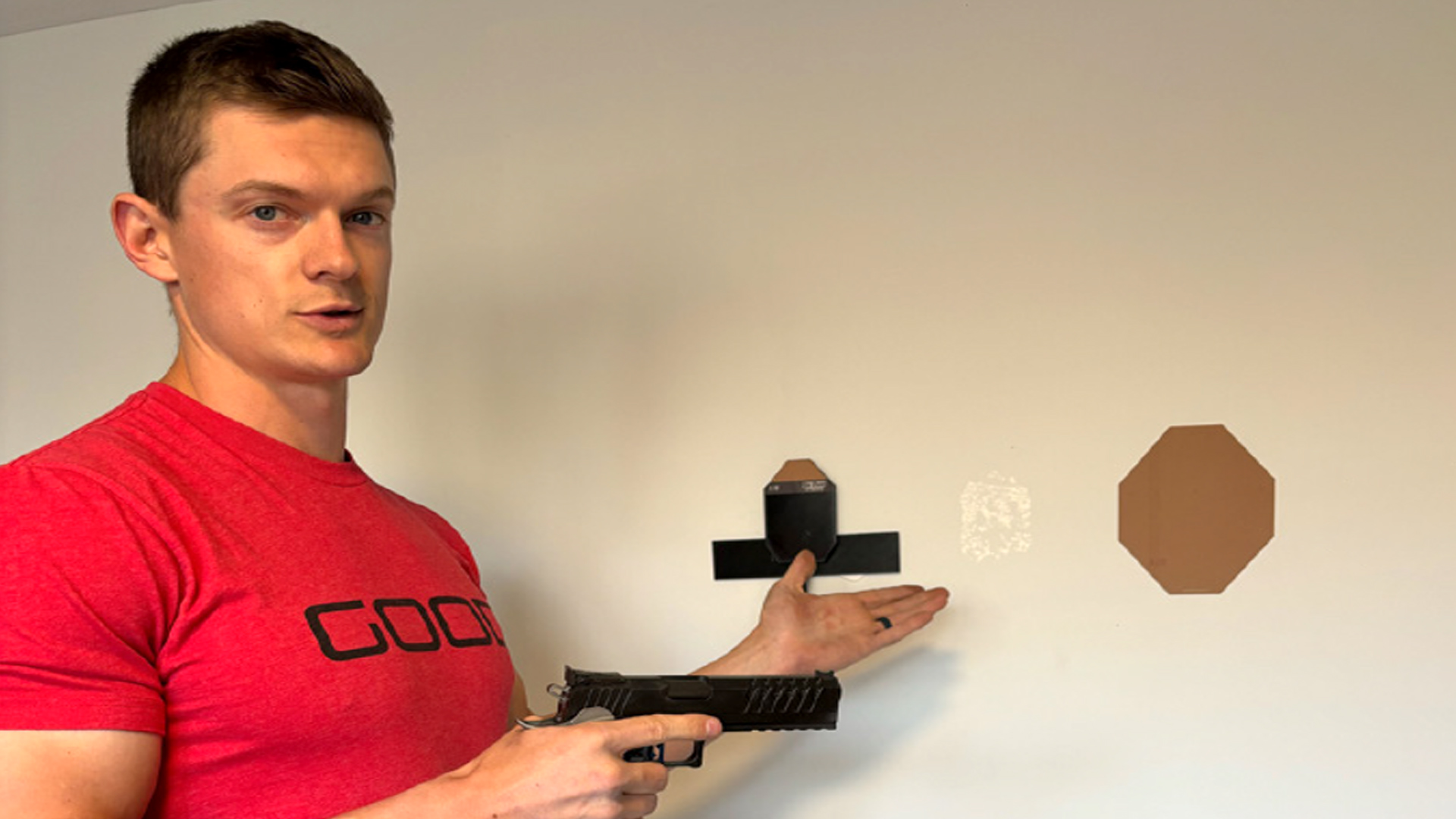
For once, let’s discuss the advantages of dry fire over live fire, why it’s not just a good tool, but one that can provide things that live fire often fails to. Let’s say you want to get faster, it shouldn't be too hard to imagine. You go to the range and set up a few targets, get your pasters out and decide that today you’re working on speed. The timer beeps, and you engage the target array at an uncomfortably fast pace. This is speed training, is it not? As a result, unsurprisingly, your accuracy suffers—charlies, deltas and even mikes if you’re really pushing your speed. It is a genuine challenge to continue this process without reigning in your accuracy to score acceptable hits at the expense of the new speed, especially for a great number of reps.
This training outside of your normal comfort zone is what will actually expand your abilities. Doing things faster than you currently can is the path to legitimate progress. This is much more easily attained in dry fire. This also avoids bad mental imprints in training—it would be a real mental challenge to shoot for an hour, leaving unacceptable hits the entire time, and leave believing you did well in training today. Getting discouraged is real, and your training must guard against it.
A great number of reps is the next thing that is required. In practice of any kind, volume is a key deciding factor in learning. Here, dry fire stands out as the clear superior path. For those of us (like myself) who are not able to live fire every day, dry fire is the ultimate tool. If you want to spend 60 minutes training every day, because you’re committed to improving your skills, stepping into your basement or garage and putting on your belt might consume a few minutes of that training time. In comparison, 60 minutes of live-fire training at the range may require an hour of driving, 15 minutes of target setup, 20-30 minutes of walking back and forth and pasting, another 10 minutes or more of loading magazines. In the end, an hour of dry fire likely yields five or more repetitions of whatever task per minute, averaging 300+ for the hour, while the same number of reps done in live fire would require many hours. And, in the words of Steve Anderson, “The road to National Champion is measured in hours, not years.”
We should all be looking for the “lowest hanging fruit” in our training, asking “where can I make the most progress for the least amount of work?” This isn’t lazy, it’s just efficient.
Let’s examine a few pieces of fruit, and surmise the more effective avenue of training to address them. Transitions are a popular topic, and it is commonly known that there is much more time to be saved (speed to be gained) in transitions between targets than there is in splits, the consecutive shots on the same target. I agree with this, a fast split on the average pistol target (10 yards for example) I’d say is a .15-second split between shots, while a conservative split could be .25 second. Therein is saved .1-second at the vastly increased risk of leaving an unacceptable hit. In contrast, a 90-degree transition between two 10-yard targets on the fast end can be .25 second, while on the slow end, accounting not just for moving the gun through the transition but acquiring an acceptable sight picture could easily take more than a full second.
Between splits and transitions, the far lower hanging fruit is the one that requires no recoil from the gun—the transition. For this, dry fire is not just useful for, but superior to live-fire training.
Movement is next. Frequently the practical pistol shooter spends more time moving from position to position than they do actually shooting. What does movement accomplish in our sport? I’d say two things: getting the gun where it needs to go next, and having it ready to fire when it arrives. Neither of these require live ammunition. Getting the gun where it needs to go is an exercise in speed, and should be done with a par time, grinding it down ever shorter. “Having the gun ready to fire when it arrives” can simply be evaluated on the quality of your sight picture on target when the gun arrives at the next spot.
If you’re looking to spend extra money, and lots of extra time with considerably less progress in your movement, add in some live fire to help distract yourself with hits from the real task at hand: getting the gun where it needs to go next and having it ready when it gets there. This fruit, for most practical pistol shooters, is the lowest hanging of all. This is why in my one-day class on training methods, we spend several hours learning tools for quickly developing new movement patterns that serve these two goals. As for at-home dry fire, I recently published a comprehensive and concise guide for quality at-home dry-fire training, in which I compile the best methods for dry-fire training. See it on my website: sauerlandcoaching.com.
I recall my first time dry firing in 2021. I had no quantifiable definition of success other than “get my hands on the gun for 10 minutes.” That is all that I got. It takes time to develop habits and learn what good dry-fire training feels like, but I believe it is essential to making quick advances in practical shooting skill. I attribute the majority of my progress from beginner in 2021 to USPSA National Champion in 2024 to dry-fire training.
Article from the March/April 2025 issue of USPSA’s magazine.



